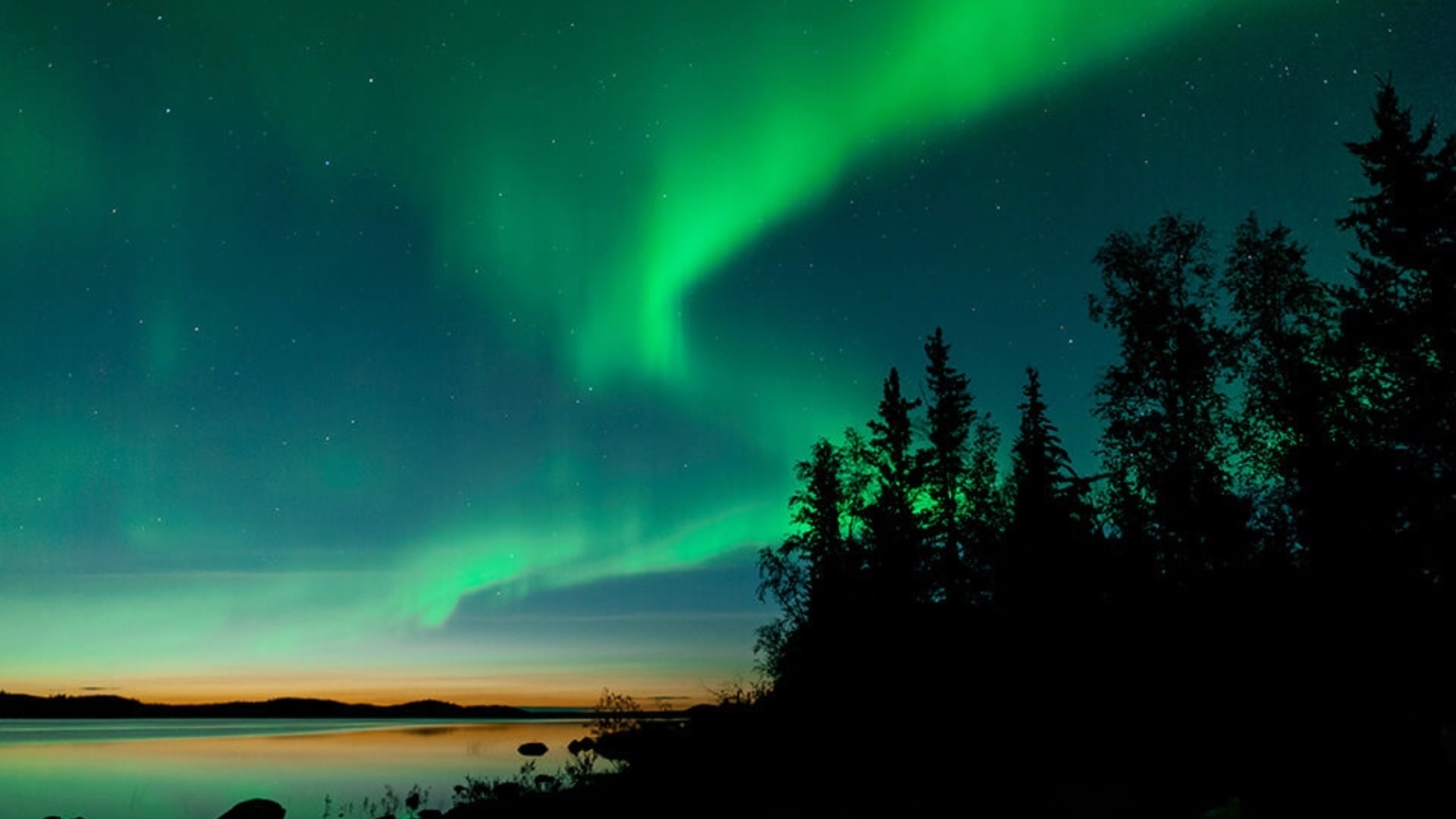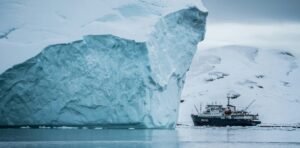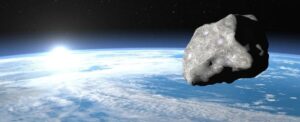The beginning of May was a very stormy period for our Sun.
A powerful solar storm has lit up the skies around the world with a mesmerizing and intense glow. Surprisingly, its impact was felt far beyond our planet’s atmosphere, even at the bottom of the ocean.
Ocean Networks Canada’s instruments, based deep below the ocean’s surface, have detected major disturbances in Earth’s magnetic field.
These instruments, which function as underwater observatories, are located up to 1.6 miles (2.7 kilometers) below the ocean’s surface. They serve primarily as magnetic compasses for ocean observation off the coast of Canada.
ONC’s underwater observatories were able to record the impact of the intense solar storm that impacted Earth in May. The data shows “temporary kinks” in Earth’s magnetic field, showing just how large-scale these solar events can be.
“The extent of these data records highlights kilometers below the ocean surface[s] the magnitude of the solar flare this past weekend and suggest[s] that the data can be useful in better understanding the geographic extent and intensity of these storms,” said Kate Moran, ONC president and CEO.
Data anomaly
Solar storms or geomagnetic storms occur when our host star emits massive bursts of energy in the form of solar flares and coronal mass ejections. The fast stream of particles interacts with Earth’s magnetosphere, resulting in auroras.
In addition to the auroras, these storms can disrupt satellite communications and potentially affect power grids and navigation systems.
Underwater observatories are located on the west and east coasts of Canada. Compasses at a depth of 25 meters revealed movements in the range of +30 to -30 degrees, confirming the enormous influence of the solar storm even at such remote depths.
Solar storm detection
ONC researchers noticed anomalies in the data during routine quality control checks. At first they were thought to be caused by an earthquake.
“I checked to see if it was a potential earthquake, but that didn’t make much sense because the changes in the data went on too long and in different places at the same time,” said Alex Slonimer, a science data specialist at ONC.
“I then looked at whether it was a solar flare, as the sun has been active recently,” Slonimer added.
Indeed, the differences in the data were related to magnetic disturbances caused by solar storms. The scientists found that the peak deviations in the compass needles coincided with the most active and colorful auroras.
“The next two years will be the peak of the 11-year solar cycle. After a decade of relative inactivity, aurora events like the one last weekend are likely to become more common over the next few years, although solar variability makes it impossible to accurately predict such events,” said Justin Albert, professor of physics at the University of Victoria, who led the ONC initiative.
“The ONC network can provide a very useful additional window into the effects of solar activity on Earth’s terrestrial magnetism,” Albert concluded in the press release.
Data gathered from these underwater observatories can provide crucial insight into how intensely the sun’s atoms affect the Earth’s surface. However, it is not clear whether these disturbances have affected marine life. Perhaps these revelations can open up a new topic for research.
As the 11-year solar cycle reaches its peak, more breathtaking displays of the Northern Lights are in store.
FOR THE EDITOR
Mrigakshi Dixit Mrigakshi is a science journalist who enjoys writing about space exploration, biology and technological innovation. Her professional experience spans both broadcast and digital media, allowing her to learn a variety of storytelling formats. Her work has been featured in well-known publications including Nature India, Supercluster and Astronomy magazine. If you have any suggestions in mind, please feel free to shoot her an email.



